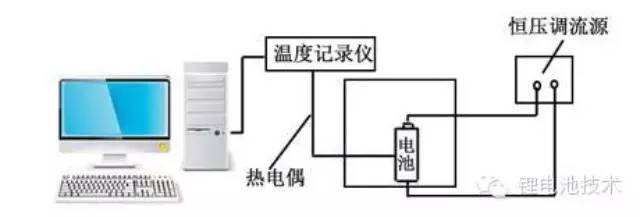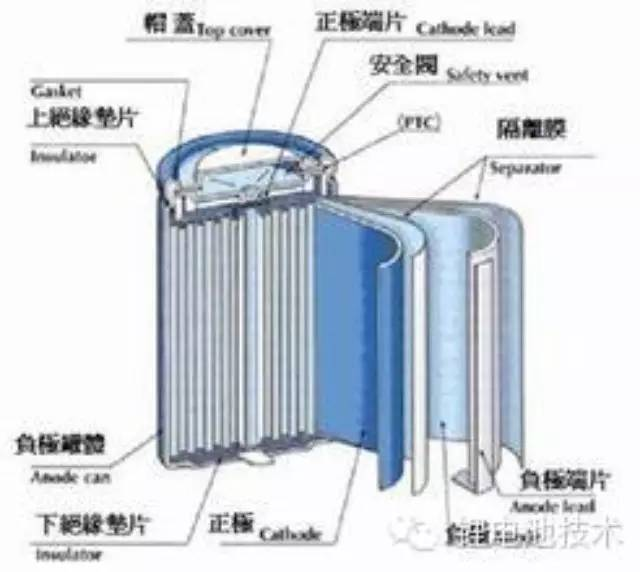Lithium-ion battery capacity decline performance at different temperatures
Lithium-ion batteries are increasingly used in people's production and life, which makes its temperature environment become the focus of attention. Relatively speaking, lithium batteries are more likely to cause safety problems in high temperature environments. Therefore, lithium batteries must be used. Test of high temperature performance and compare it with normal temperature test data.
Test conditions: Two 950mAh063450 square lithium batteries produced by BYD were selected and operated at 25 ° C (normal temperature) and 60 ° C (high temperature).
Charge and discharge system design: applicable to constant current constant voltage charging and constant current discharge system. The charge termination voltage is 4.2V and the discharge termination voltage is 3.0V. First, it was charged to 4.2 V at 1 C, 950 mA, and then charged at a constant voltage of 4.2 V until the current reached 20 mA; then discharged at a constant current of 950 mA to 3.0 V, and thus charged and discharged 300 times.
Here, three nodes are intercepted: the 50th, 150th, and 300th charge and discharge cycles.

First, during the first 50 cycles:
1, performance at 25 ° C: the capacity attenuation process is slightly ups and downs, but non-linear, the discharge capacity after 50 times is maintained at 96.6%;
2. Performance at 60 ° C: The capacity decay process is close to linear, and the discharge capacity after 50 cycles is maintained at 95.5%.
This shows that the high temperature cycle stability is slightly worse than the normal temperature cycle stability when the cycle is less than 50 times. However, there is a very important phenomenon here, that is, the lithium battery discharges at a higher temperature than the rated capacity of the battery. The reason here is that the viscosity of the electrolyte is lowered at a high temperature, thereby accelerating the migration speed of lithium ions. Not only is the discharge capacity higher than the rated capacity, but the charge is higher.
Second, during the first 150 cycles:
1. The capacity released at 60 ° C is greater than the capacity released at 25 ° C each time;
2. The initial capacity at 60 °C is 1020 mAh, which is higher than the rated capacity. The initial capacity at 25 °C is 930 mAh, but the capacity attenuation is faster at 60 °C.
Third, the state after 300 cycles: At this time, the indicators under normal temperature conditions are fully optimized, and the capacity can be maintained at 800 mAh while maintaining a slow capacity decay rate, and only 730 mAh at 60 °C. At this time, the charging and discharging voltage platform at 60 ° C is getting lower and lower, and it is almost unchanged at normal temperature.

The performance of the above capacity decay can also be verified from the replenishment of the lithium battery charging at different temperatures: after 300 cycles at 25 ° C, the ratio of constant current charging and constant voltage charging does not change much, but at 60 ° C At the time, the amount of electricity obtained by constant current charging is gradually reduced, and the amount of electricity obtained during the constant voltage phase is significantly increased. This is due to battery polarization.
In essence, lithium battery capacity decline has the effect of battery polarization, that is, the lithium ion diffusion rate can not keep up with the electron transfer speed, so that the battery positive electrode contains less and less lithium ions. At a high temperature of 60 ° C, this polarization process is greatly exacerbated, which is also the root cause of the capacity decay of lithium batteries.
Hongzhan has a research institute specializing in the research and development of environmental test equipment. It has mature loop test development methods and laboratories, and gathers a group of outstanding talents and well-known experts in the industry. The strong R&D team leads the domestic loop test technology. Development direction. At present, the company has high and low temperature test chambers with independent intellectual property rights, high and low temperature wet heat test chambers, rapid temperature change test chambers, thermal shock test chambers, three comprehensive test chambers, high and low temperature low pressure test chambers, solar radiation test chambers. The climatic environment test equipment and customized products such as industrial ovens and walk-in high and low temperature damp heat test chambers and high wind speed rain test chambers are at the leading domestic level and international high standards.
Bagasse Bowls,Tableware Bowl,Disposable Shallow Bowl,Disposable Saald Bowl
JIANGYIN BIOPACKAGE CO.,LTD , https://www.chinapulppackage.com